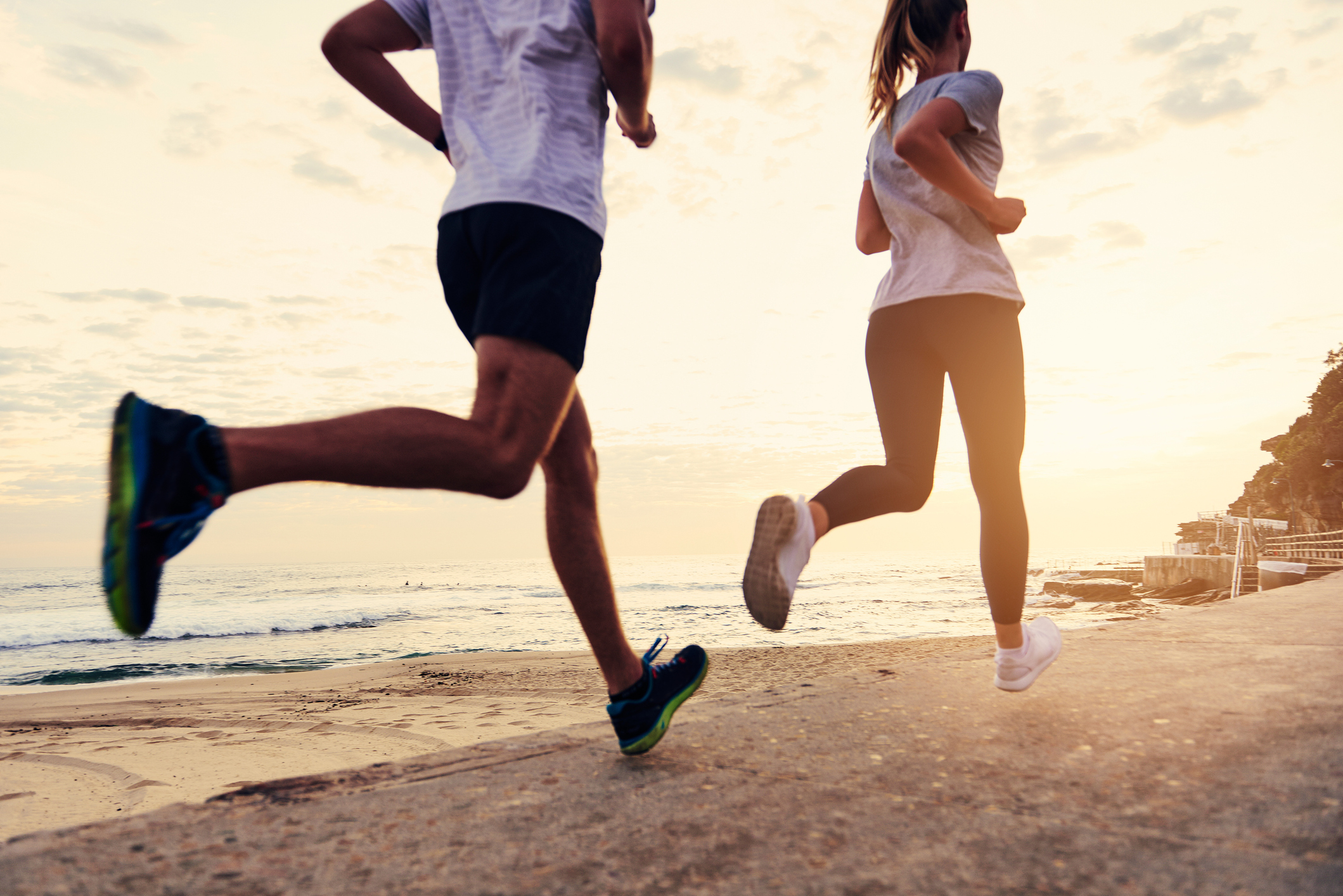
Here comes the sun, nature’s invitation to get outdoors for fun and fitness. But as temperatures rise, so do opportunities to get burned by an injury.
Christopher Inzerillo, MD, and Sivaram Rajan, MD, orthopedic surgeons at Summit Health, diagnose and treat musculoskeletal problems year-round. Yet, there are certain injuries they see more commonly in the summer.
Our specialists outline these common orthopedic injuries, the activities that tend to cause them, and steps you can take to prevent spending a sunny day inside at the doctor’s office.
Common summertime orthopedic injuries
Dr. Inzerillo, who specializes in sports-related knee, shoulder, and elbow injuries, says he sees more overuse injuries in the summer. An overuse injury is any joint or muscle injury caused by repetitive movement and stress — often by going too hard too soon or overtraining.
“You’ve been hibernating all winter. Then it gets warm, and you go out and run six miles when maybe you shouldn’t,” he says. “Or you throw too many pitches at practice and experience shoulder pain.”
Dr. Rajan, who specializes in the knee and shoulder, says chronic and sudden injuries can affect anyone, from the weekend warrior to the skilled athlete. “With more people out and about, more things can happen,” he says.
Taking it one body part at a time, here are the injuries the physicians see most often in the summer and the activities typically associated with them.
- Shoulder. “Rotator cuff tendinitis and tears make up 80 percent of what I see,” says Dr. Inzerillo of shoulder injuries. And Dr. Rajan says these rotator cuff injuries often result from sports involving repetitive overhead arm motion, such as tennis, volleyball, swimming, and baseball.
Both physicians note that sudden injuries like falling on an outstretched arm or lifting something too heavy also can cause a rotator cuff tear.
- Elbow. A type of tendinitis called epicondylitis is a common elbow issue. When the forearm muscles and tendons get overloaded — usually due to repetitive arm motion — they become damaged, leading to pain and tenderness around the elbow.
True to their namesake, tennis elbow and golfer’s elbow affect court- and fairway-dwellers alike. But these forms of epicondylitis can also sideline baseball, softball, and pickleball players, says Dr. Inzerillo.
- Knee. The knee is the largest joint in your body. And its complex anatomy of bones, cartilage, ligaments, and tendons can undergo a lot of stress.
One outcome of that stress Dr. Inzerillo says he commonly sees is patellofemoral pain syndrome (PFPS), sometimes called runner’s knee. Not limited to runners and joggers, PFPS can also affect basketball players, cyclists, and weightlifters.
While repetitive pounding and squatting can cause painful knee symptoms over time, other injuries can happen suddenly. Dr. Rajan says meniscus tears and anterior cruciate ligament (ACL) injuries are not uncommon, often caused by the quick pivots, start-stop motions, and direction changes that basketball and soccer players make.
- Ankle. Trail hiking, running on the beach, stepping off the curb — you name it: Any awkward landing can damage the ligaments that stabilize your ankle, resulting in a sprain.
Injury prevention tips
Although some warm-weather pastimes have risks, being physically active is essential to good health. So enjoy all summer has to offer while practicing these prevention tips:
- Pace yourself. Don’t do too much too soon. Instead, Dr. Inzerillo encourages starting slow, especially if you’ve been inactive or are coming back from injury. He also suggests gradually increasing activity by 10-15% a week, whether it’s miles, pitch count, or playing time.
- Stretch before and after activity. Dr. Rajan recommends a 10- to 15-minute stretch routine to warm up the muscles and maintain good joint flexibility. And Dr. Inzerillo says cooling down with an ice pack can go a long way. “Ice calms inflammation, and inflammation is the root cause of most problems,” he says.
- Stay hydrated. The American Academy of Orthopedic Surgeons recommends hydrating before activity and breaking for 8 ounces of water every 20 minutes. Dehydration can affect musculoskeletal performance and put you at risk for heat-related illnesses.
- Mix it up. Dr. Inzerillo says cross-training can help prevent overuse injuries. If you run, for example, add variety to your week with a stationary bike or yoga session. “Mix up the forces your body sees,” he says. Adding strength exercises to your mix can also be helpful. “Stronger muscles can help protect your joints,” he adds.
What to do if you get injured
The RICE protocol (rest, ice, compression, elevation) is a good place to start if you’ve experienced an injury; however, if your symptoms don’t improve in a week or so, contact your provider for further evaluation. And if you experience severe pain, inability to bear weight, or limited joint movement, seek medical attention right away.
Depending on your injury, you may be referred to an orthopedist or physical therapist, who will work with you on a treatment plan to help you heal and get back to enjoying the great outdoors.
